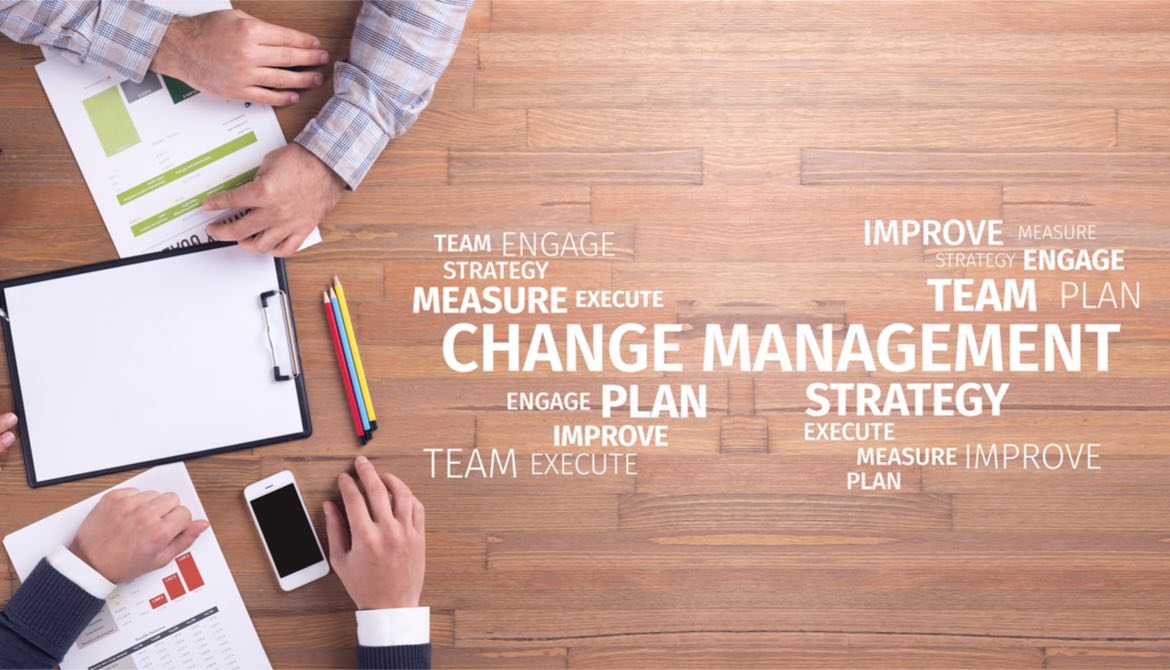1 minute
Design the work environment to support transformation.
"Actually changing what people do at work requires changing cues they receive from their work environment—cues they receive all day, every day, whether a leader of any stripe stands in front of them or not," write Gregory P. Shea, Ph.D. and Cassie A. Solomon in Leading Successful Change: 8 Keys to Making Change Work. Shea presented at the first-ever summer CEO Institute I: Strategic Planning, held at the University of Pennsylvania's Wharton School of Business in Philadelphia in August. According to Shea's book, the workplace is composed of eight environmental factors that give employees cues about how to act:
1. Organization: the vertical chain of command and horizontal means of interconnection.
2. Workplace design: the layout of physical and virtual space, plus available work tools and technology.
3. Task: work processes, protocols and pathways.
4. People: selection, skills, learning and orientation.
5. Rewards: rewards and punishments of every sort germane to the desired behavior, including compensation and intrinsic and extrinsic rewards.
6. Measure: scorecard of performance.
7. Information distribution: who knows what, when and how.
8. Decision allocation: who participates when, in what way, in which decisions. Each of these factors "provides powerful cues to organizational members about how to act; each can become ... a way to create the behaviors that will drive desired transformations down into the enterprise," Shea and Solomon write.
How can you leverage these factors in driving change at your credit union?
Lisa Hochgraf is CUES' senior editor. Learn more about CEO Institute and the Certified Chief Executive designation.






